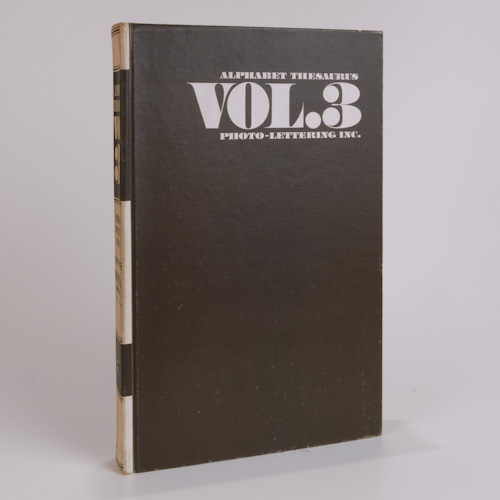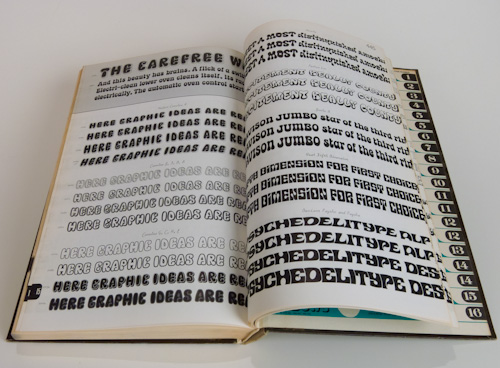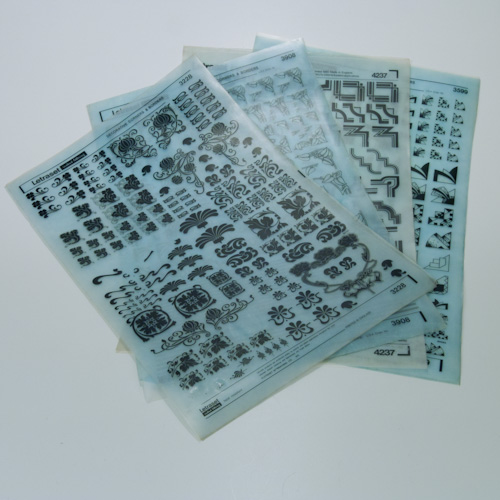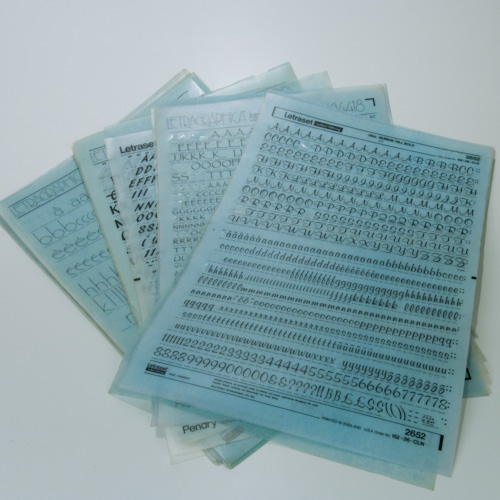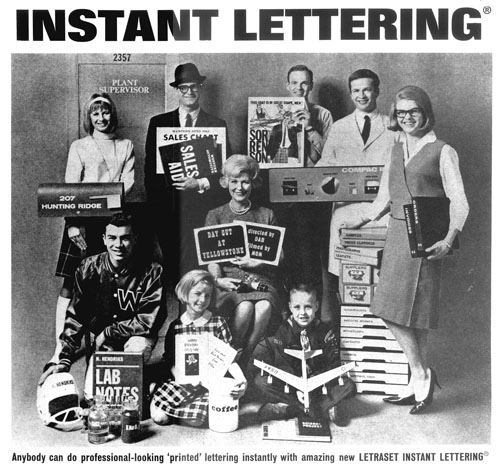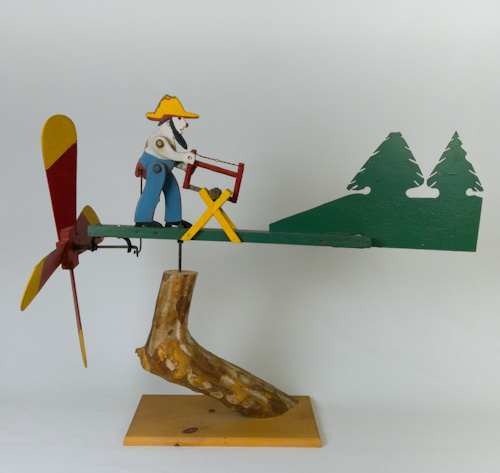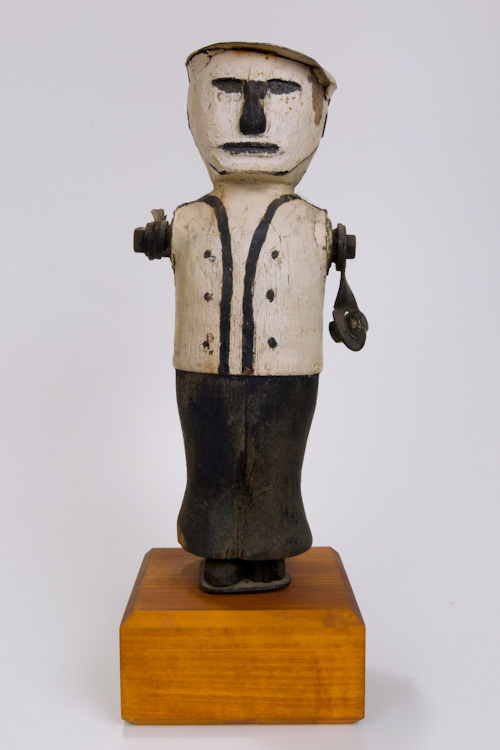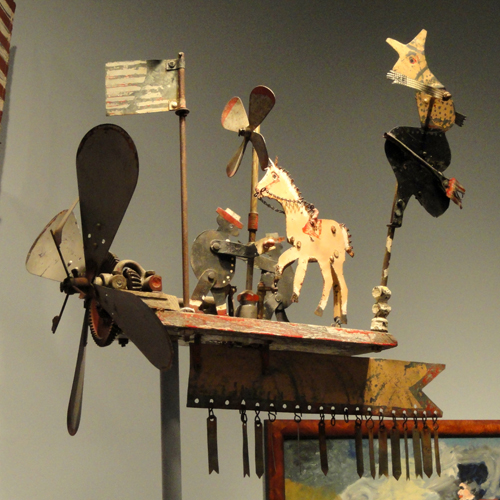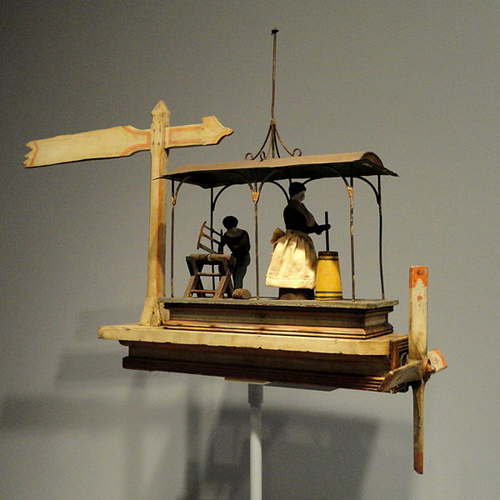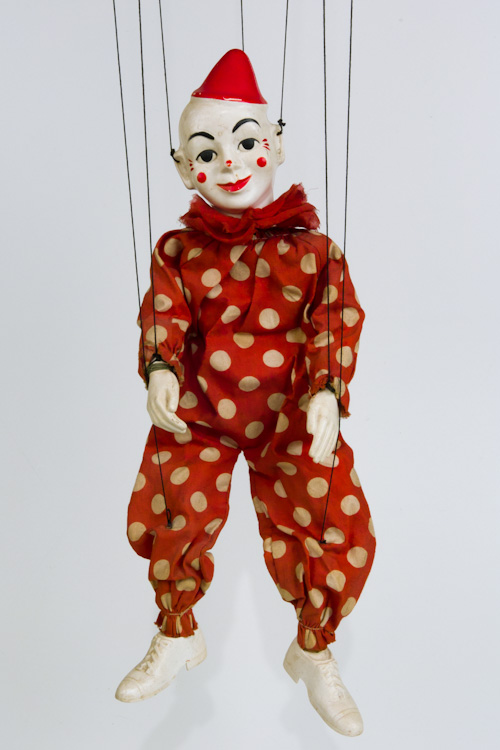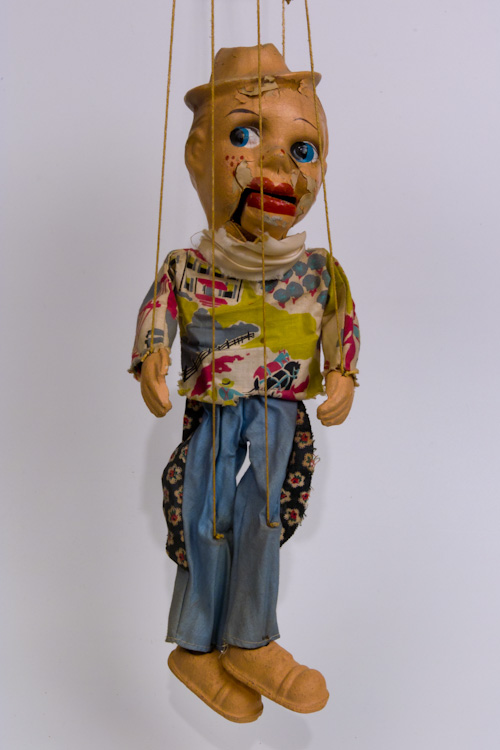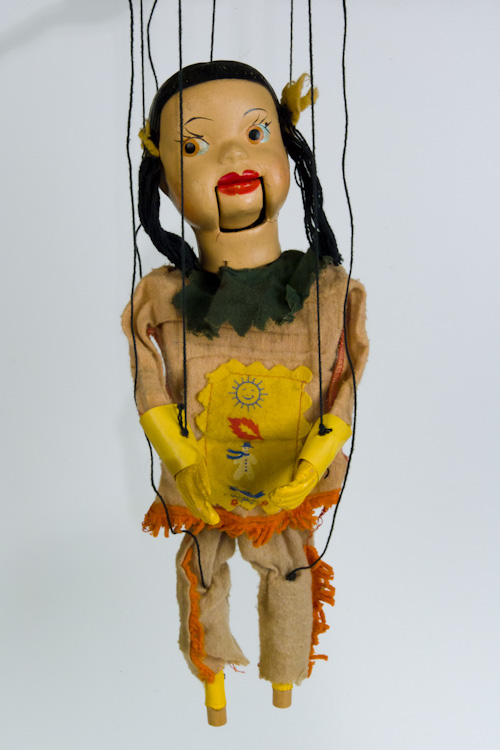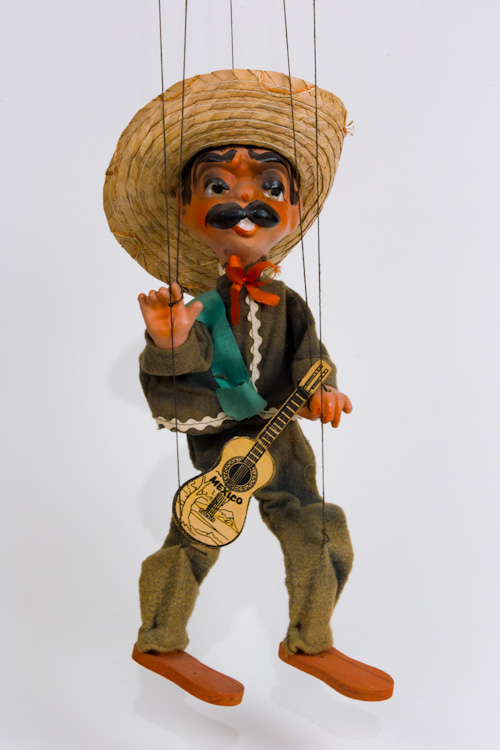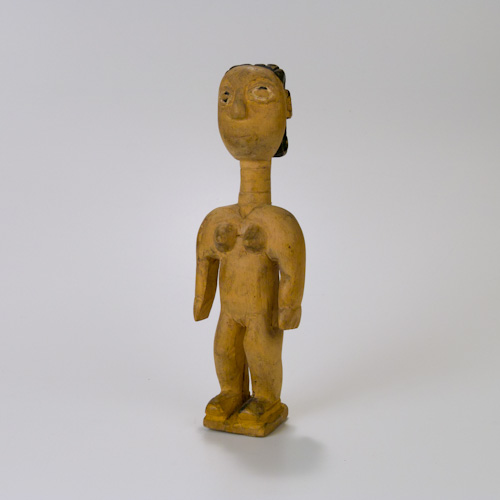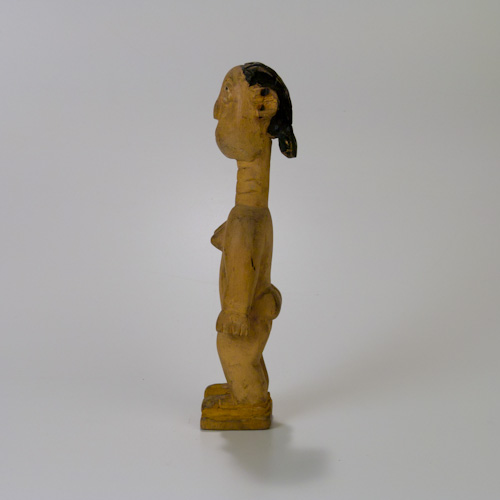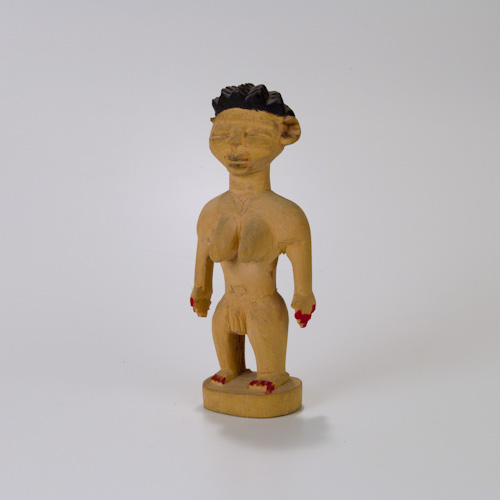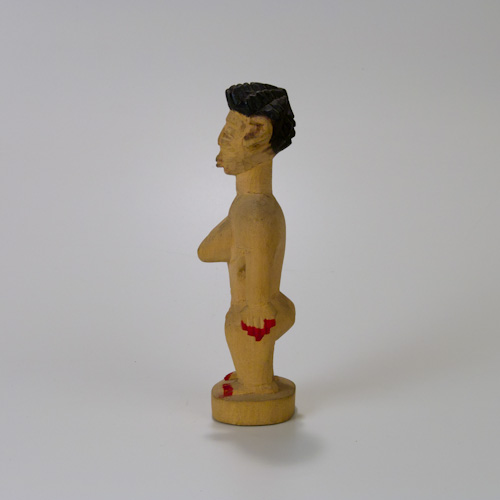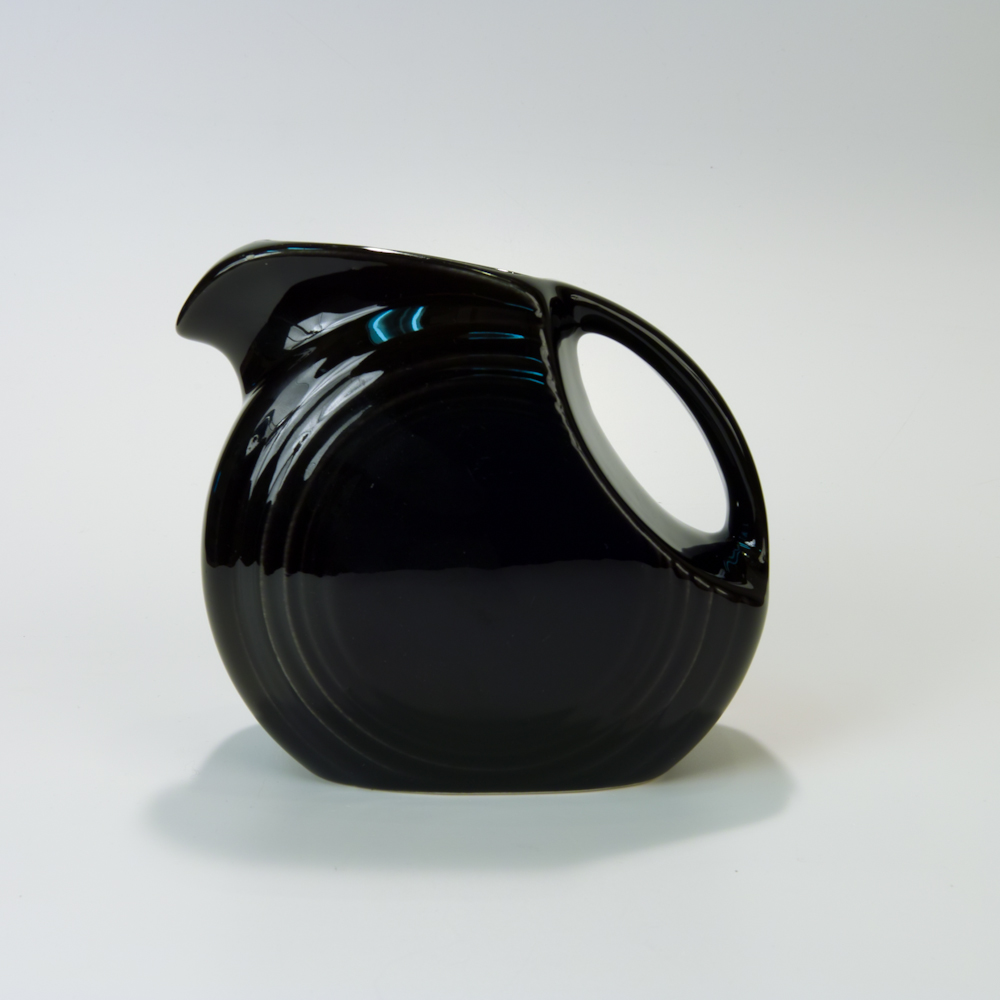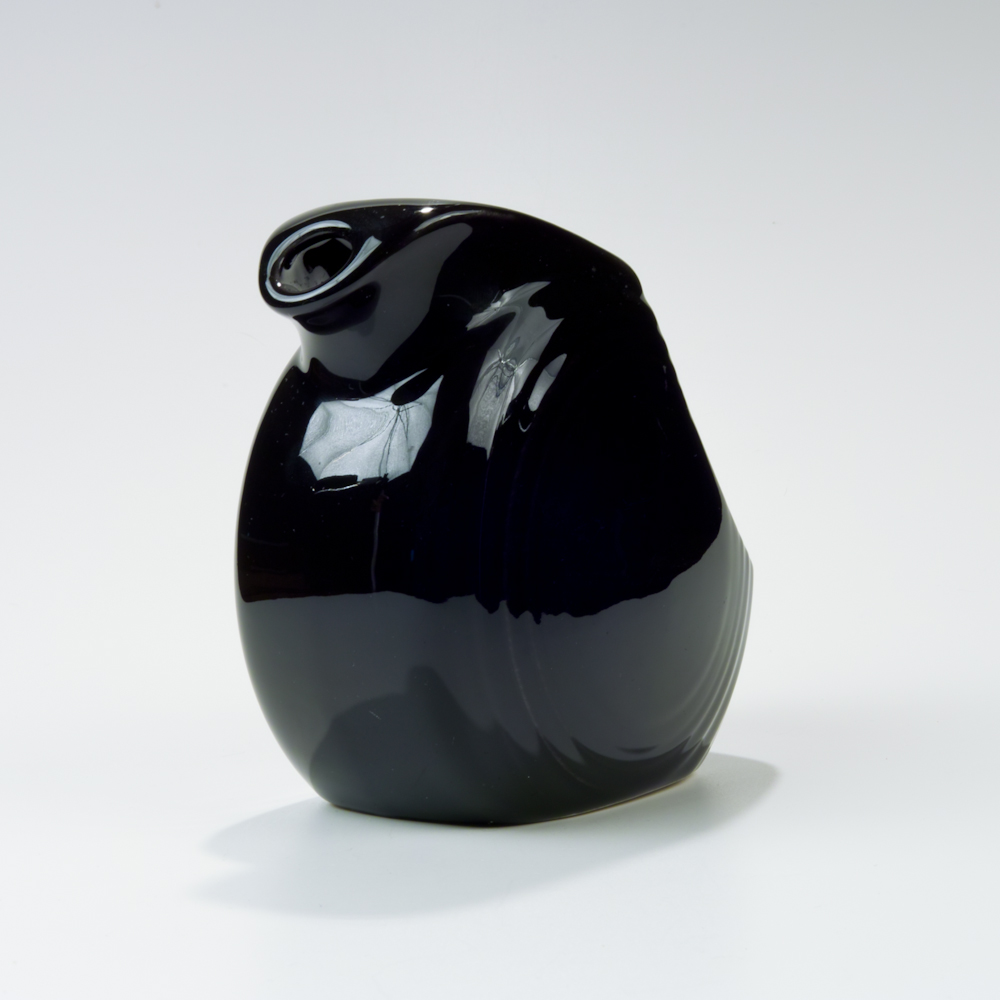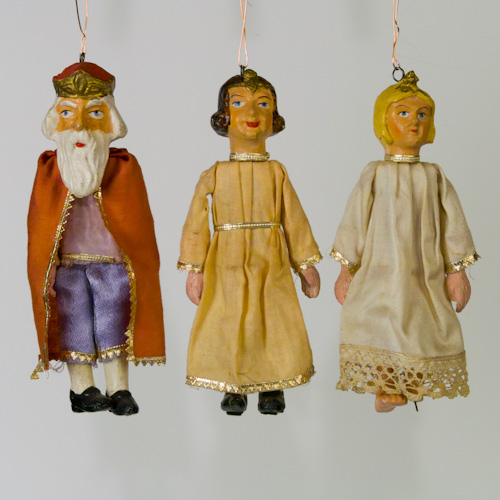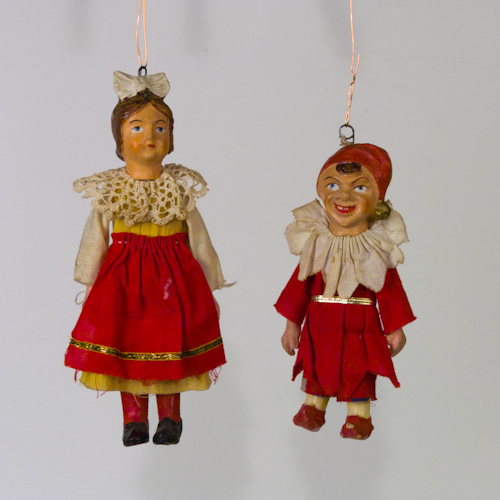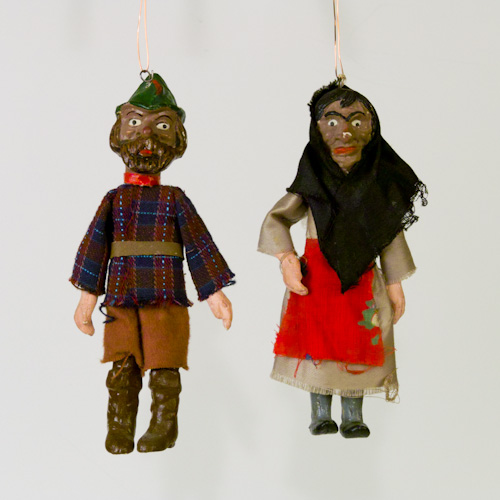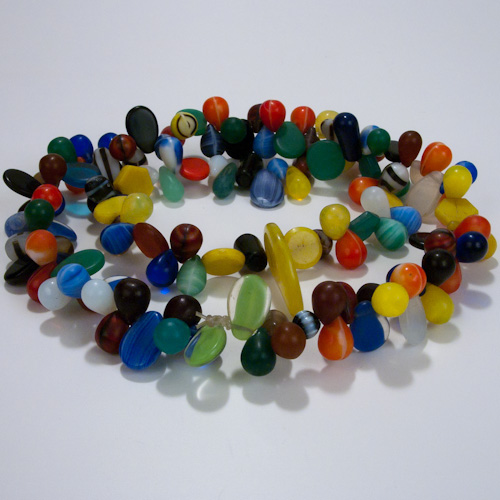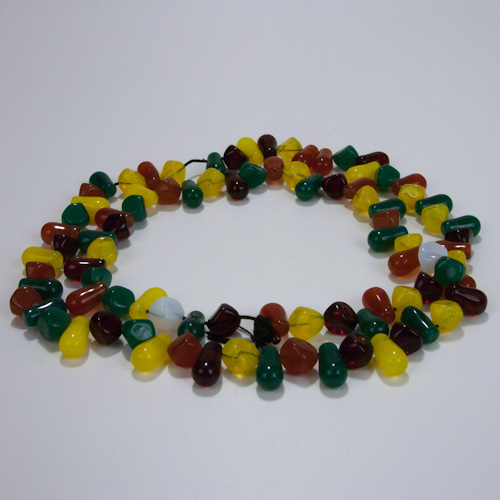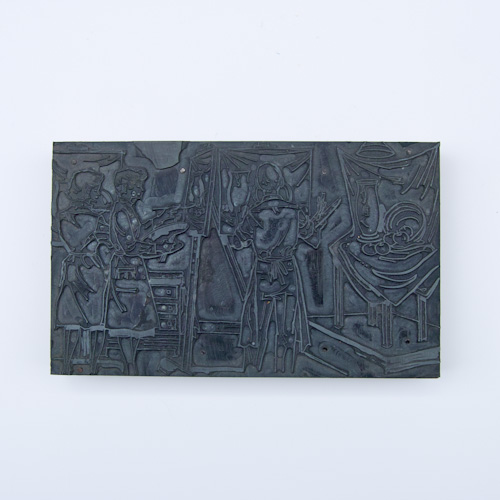The digital revolution began around 1980 and resulted in a major shift from prior analog and mechanical technology toward electronic technology and the digital age. Letraset and Chartpak were the Adobe of the late 60s and 70s for graphic designers. Letrasets dry transfer letters and other products are still sold in England, pricey if not rarified. Letraset letter sheets were produced as 10″ x 15″ and Chartpak, 8.5″ x 11″. The sheets enabled anyone from a designer to a Girl Scout leader to design and create posters, cards, or other ephemera while using letters which conveyed their message with the available fontography. The purpose for their use has definitely shifted to a less commericall more creative direction.
Another example of how digital computing and communication technology have been effected in recent decades was the market for and subsequent publication of a series of lettering thesaurus’ to introduce new letter alphabets, their designers, and potential use. Digital computing and communication technology have made obsolete the need for typesetters and typesetting. Imagine the concept of comps, in lieu of camera ready art produced utilizing costly and specialized equipment. The Alphabet Thesaurus Vol. 3 Photo-Lettering Inc. published by Van Nostrand Reinhold in 1971 is the most definitive publication of its times on type. The 500 page oversized book is still used as a coveted reference tool by graphic artists and typophiles throughout the world.
